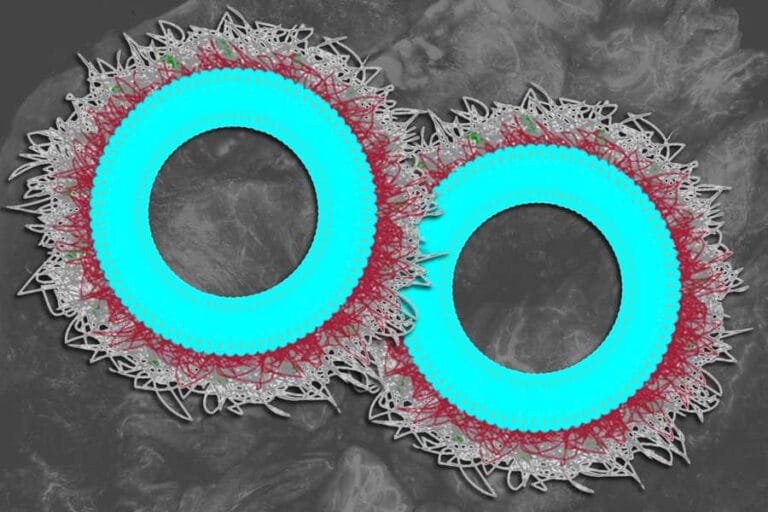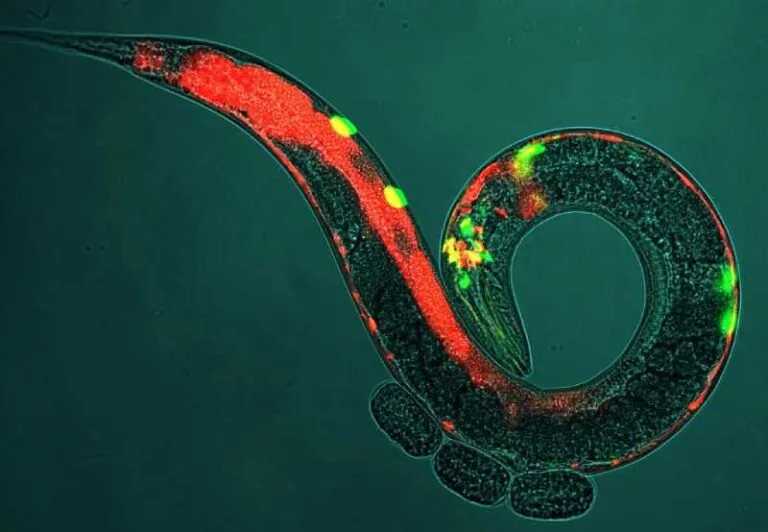Dressing that delivers therapy directly to the organs.

A team of biomedical engineers from China and the United States has developed a groundbreaking innovation that could transform medicine. An ultrathin patch, similar in appearance to a band-aid, is capable of delivering drugs directly to internal organs. The breakthrough was presented in a study published in the journal Nature.
The device eliminates the need for drugs to travel through the bloodstream—a process that often leads to side effects by affecting other areas of the body.
Localized drug delivery has long posed a challenge in medicine. So far, most attempts to develop devices for this purpose have faced significant technical barriers. Now, researchers say they have overcome these obstacles with a wireless, battery-free, and easy-to-apply solution.
Described by scientists as a “nanofluidic band-aid,” the patch contains integrated electronics operating at micro and nanoscale levels. It generates its own wireless power source, which is used to create temporary pores in the membranes of organ cells.
These pores allow drugs to be delivered directly to the targeted cells. The low-voltage electric field applied during the process ensures it remains minimally invasive and highly precise.
- See also: How aging affects bone cells
In testing, the device showed effectiveness in treating breast tumors and liver injuries. It also offers real-time monitoring capabilities, enabling doctors to track organ recovery or detect emerging issues.
In one of the experiments, the patch was able to identify the eukaryotic enzyme DUS2 as a driver of lung-specific metastasis in mouse models—an important milestone for future research.
Source: Phys






